We have recently received one of Sony’s most talked about mirrorless cameras in recent times the A6000 – a replacement for the popular Sony NEX-6, and went to see if all the hype around this camera is truly justified.
The A6000 belongs to a new line of mirrorless cameras from Sony which is no longer called NEX but simply Alpha (just like the SLT line and the older DSLRs from Sony).
In the past we had a chance to review the original NEX 5 as well as the NEX-7 which became one of our favorite mirrorless cameras of all times. More generally, the NEX series was our benchmark for all other mirrorless cameras on the market since the early days of mirrorless cameras and despite growing competition we still see it that way. Sony’s decision to abandon the NEX designation seems to be a strange (even poor) marketing choice – after all why abandon a successful brand for a less successful one? – only time will tell if this will have any real influence on sales.
As we mentioned the A6000 is the direct replacement for the popular NEX-6, some have suggested that this camera also replaces the NEX-7 which has a different layout (3 dials etc.), we are not sure if this is the case and whether or not Sony will introduce a direct replacement for the NEX-7 in a later date.
Sony A6000 – advanced mirrorless camera
Construction, ergonomics and operation
The external structure of the A6000 is very similar to the NEX-6. The main difference is the thickness – the A6000 is noticeably more thick although the grip makes it quite convenient to hold (we didn’t even use a strap with the camera and our hand did not get tired).
In the front part of the camera there are no buttons except the lens release. On the top of the camera you can find the on/off button (and shutter) which seems to be conveniently located for our relatively small hands, as well as another small C1 programmable button (we used it to switch between MF and AF – as the kit lens we used does not have a AF/MF switch and nor does the A6000 unless you dive into the menus). On the top you can also find a dial for controlling the aperture (well placed and comfortable to use), the mode dial (which includes beyond the usual modes a new mode for saving personal settings – an interesting idea although we didn’t have the time to really test it) as well as the hotshoe and pop up flash.
On the back you can find the C2 button (we used it to program the magnification in manual focus mode), the play button, joystick (which also serves as a second dial, the FN button (a sort of quick menu shortcut button), and the AEL/LOCK which is also used to magnify (we much rather use the OK button to magnify – like we do on our Nikon), as well as a menu and flash buttons.
On the far right you have a small video button – this is very uncomfortable as it tends to be press accidentally – a place on the top of the camera would be much better (the only upside – you can turn this button off in the menu if you like).
The menus on the A6000 are arranged into 6 categories with submenus. What we found interesting is that you don’t need to scroll down to see the entire list of options – instead you move from side to side – its interesting but you will need to get used to this concept.
A6000 – top look
One thing that we felt was kind of missing from the button arrangement of the camera is direct access to the camera filters. For the target audience of the A6000 this seems like a reasonable thing to add. We also didn’t like the fact that the filters simply don’t work on the RAW+JPEG mode (a better option will have them shoot a regular RAW + a filtered JPEG so you will have both options).
Performance
The turn on speed of the A6000 is somewhat slower than that of a modern DSLR (which nowadays is practically instantaneous), this might be due to the need to open the kit lens (which uses a power zoom mechanism – we didn’t test it with other lenses so we are not really sure).
Official battery life state around 360 images (CIPA) between charges. From our experience this is more or less close to the actual number (we also shoot some panorama images and videos which tend to drain the battery more). This number should be O.K. for more or less a day of shooting for a A6000 average user, however we are still waiting for a mirrorless camera with a semi-pro DSLR battery life (around 1000 CIPA) but apparently the EVF and LCD usage makes this difficult with current technology.
The A6000 uses a USB charging system. The concept is really nice (widely available cable, charging from a computer etc.), but even when connected to the AC using the supplied power connector charging took about 5 (!) hours. This is way too much, and if you can’t wait – we recommend buying a second battery and keeping it charged (you can buy a separate charger – the A6000 uses a common Sony NP-FW50 battery – the original Sony C-TRW W cost around $50 but you can find much cheaper options such as this one).
The A6000 can shoot up to 11 frames per second. Our test more or less confirmed a speed close to this in ideal conditions. Even more impressive was the buffer. Typically cameras at this price point come with a pretty small buffer (Nikon for example are notorious in this respect). With the A6000 we got not less than 22 (!) RAW+JPEG images before the buffer filled up (we used a fast SanDisk Extreme Pro-95MB/s SD card). Its worth mentioning that the buffer took some time to unload the images and during this time you could not take another long series of shots (this is just how those things work). We do miss the option of having 2 SD cards – but we guess its simply too much for a camera at this level.
Sensitivity
As always, we tested the A6000 against our regular test camera – the D7100. This is an interesting comparison since both cameras have 24MP APS-C sensors although the one on the A6000 is much more recent. On the other hand the Nikon sensor does not have an AA filter so at least on paper it should be able to produce sharper images (we will see in a second that this is not necessarily the case).
We used both the Sony and the Nikon with NR off, the D7100 was coupled with a 18-105mm lens and the A6000 with its own 16-50mm kit lens both at 50mm@f/8. The images you see are crops from a larger image side by site using the FastStone Image Viewer.
ISO 100 (D7100 on the left, A6000 on the right) – click to enlarge
ISO 800 (D7100 on the left, A6000 on the right) – click to enlarge
ISO 1600 (D7100 on the left, A6000 on the right) – click to enlarge
ISO 3200 (D7100 on the left, A6000 on the right) – click to enlarge
ISO 6400 (D7100 on the left, A6000 on the right) – click to enlarge
ISO 12,800 (D7100 on the left, A6000 on the right) – click to enlarge
A few points seem obvious looking at these comparisons:
- The A6000 seems to have a clear advantage when it comes to fin details up to ISO 3200 (later on the D7100 might have a small edge but to be honest the images are not really usable on both cameras – at least not to us).
- The noise of the A6000 is more prominent (and a bit more “annoying”) – keep in mind that the NR is off on both cameras.
- The A6000 has stronger colors than the D7100 (you might not see it in this part of the image but its very clear when you look at the full image).
Bottom line – there is no clear winner here – both cameras are pretty close in terms of IQ with some advantage to the A6000 in detail and maybe a small one to the D7100 for noise. Keep in mind though that despite being older – the D7100 is a more expensive camera ($300-$400 at least).
Applications
The NEX-6 was the first Sony camera to bring in the whole new Sony camera app ecosystem. We feel that this is a very welcome concept and one which should have started in the camera world years ago (after all, we have apps on mobile devices since at least 2007 so why not cameras?). This seems so obvious to us that we find it very hard to believe that only Sony (and Samsung – although in a different way and in just a few of its models) implemented this. The only real reason for this is the very closed conservative nature of the photography market with companies such as Nikon and Canon not willing to openly embrace the mobile revolution even years after it started (which is now reflected in sales as you could read very clearly on our article “What Happened to the Photography Industry in 2013?“).
Having said all of that, we are willing to give Sony points for effort, but much less so for actually coming up with an app system that is really worth using – at this point at least. The whole interface is cumbersome, there are very few free apps (and even less that are worth anything – if any) and the whole thing simply doesn’t look and feel very mature. We can only hope that this will improve in the future.
As for the A6000 – it doesn’t have a dedicated WIFI button – something found on most mirorless cameras these days (Nikon has also sined in this way and forgot a dedicated WIFI button on the D53000). You can probobly assign one of the buttons to the WIFI but its seems like a waste.
We didn’t have much time to play with the Sony smart remote control app but you can see a quick video of how to install and use it here.
LCD / viewfinder & Autofocus
The AF on the A6000 was one of the biggest selling point of this camera. Indeed from our experience it seems to function very well. The A6000 ability to focus on moving objects is quite outstanding, we did have some misses (like with every camera there are a host of factors contributing to AF accuracy), but at the end of the day for a contrast based AF system – the results are quite satisfactory, especially if you understand the limitations of the system.
Like with any mirrorless camera there is some difficulty with low light AF, however we still feel that the A6000 functioned better than most of the mirrorless cameras we tested in the last year in this respect. Its worth mentioning that we used the 16-50mm kit lens for these tests (this lens is not ideal for low light AF tests – its preferable to use faster glass for that).
The A6000 with the kit lens – two zooms methods but no MF
The A6000 LCD is tiltable, allowing comfortable shoot from both low and high angles. Despite the fact that the A6000 has a 3 inch LCD it subjectively look smaller and the reason is probably the fact that its 16:9 (which might be better suited for video than for stills). The thing we missed the most about the screen is the lack of touch capability which could have boosted the usability of the camera considerably.
A6000 – high quality screen but feels a little bit small
The electronic viewfinder on the A6000 has a lower resolution than the one found on the NEX-6 and NEX-7 (1.4 million dots vs. 2.4 million dots). despite that we are not sure this is such a huge difference. On its own the EVF is quite good although pretty small (especially if you consider the huge EVF on the Fujifilm X-T1 we tested here recently). Another point is the location of the viewfinder. We would much rather have a central viewfinder and not a left viewfinder like the one on the A6000).
The most problematic thing about the EVF (and maybe the most pressing problem we found with the camera in general) is the EVF sensor sensitivity. What we have discovered is the each time we move our hands close to the left side of the screen the LCD turns off. In our view this is way too sensitive and should be taken care by Sony in the next firmware update. Sadly until that, Sony did not provide a button to switch between LCD and EVF like the one on the X-T1 so if you want to switch manually – you actually need to go into the menu and dig inside.
Video
The A6000 has relatively advanced video capabilities including 1080p @60p and 24p in AVCHD format (24mbps) with manual control, focus peeking and zebras. The kit lens also has quite effective power zoom which isn’t completely quiet but is not too bad (although there is no MF ring on the lens which is a disadvantage, the AF did work quite well).
When it comes to recording sound, the A6000 does not have a 3.5mm mic input (not to mention a headphone jack). We feel this is quite a disadvantage for video shooters who do not want to use an external sound recorder and syncing in post. Sony does have a few options to connect its own microphones though – the ECM-XYST1M connects to the hotshoe and the ECM W1M is a BT wireless unit for recording sound (you can see a video of it on the A7R which also support it) – both might be nice but spending so much extra money for something that should have been in the camera in the first place doesn’t sit well with us.
We shot several videos with the A6000 and we decided to bring you a 2 minute video we shot in a lake which will show the camera and kit lens image stabilization, image quality, built in microphone, AF focus and more (notice that you can hear the power zoom in the video).
Ducks in the lake – A6000 video sample (view in HD)
[youtube]https://www.youtube.com/watch?v=Wl7x_7GlQQk[/youtube]
In summary
Despite the fact that the A6000 did not touch our hearts like the former NEX-7 from Sony, we still feel that its an excellent mirrorless camera, probably one of the best that we have used in the last few years with a long list of advanced features. The A6000 has very good image quality (on par with the best APS-C DSLR cameras on the market today such as the Nikon D7100, its shooting speed is very impressive and in combination with its AF performance and relatively large buffer the result is not that far from some of the best pro-DSLR cameras on the market (be sure to check out “The Great Mirrorless Camera Autofocus Shootout!” we published here recently for a real world demo).
Despite having relatively few buttons and no touch screen (which is a shame), the ones that you do have are for the most part programmable (including 2 dedicated user programmable buttons and a special user programmable mode on the main dial). You also get a quick menu button although we would love to be able to add and remove some of its options which we use more often).
The A6000 with the built in pop up flash
The A6000, just like any other camera has some weaker points (although to be fair – not that many). The one things which bugged us the most, as we have mentioned in the article, is the oversensitivity of the EVF sensor – each time we moved our hand close to the left side of the back of the camera the LCD stopped working. Sony can (and hopefully will) fix that in one of the next firmware updates (we already asked them to do so).
The are a few other more minor issues such as a poorly positioned video button which tends to be press accidentally, the absence of a WIFI button and the entire way of using the apps needs some serious work (currently its simply too cumbersome and complicated to use).
Bottom line: the A6000 is a very successful camera. Its a respectable successor to the popular NEX-6 (and the NEX line in general) and besides some relatively minor things (some of them fixable by Sony in future firmware updates) there are very few bad things to say about the camera. For the price (currently under $750 on Amazon including the 16-50mm kit lens) this is one of the best price/performance options on the market.
What we liked
- High image quality.
- Built in EVF.
- Good and useful focus peeking.
- Advanced personalization options.
- High speed continuous shooting with a large buffer.
What we didn’t like so much
- Way too sensitive eye sensor.
- Somewhat bulky structure.
- Video button poorly located (tends to be pressed accidentally (but can be turned off).
- No dedicated WIFI button.
- No microphone jack (or headphone jack).
Gallery
We have included a gallery of images we shot with the A6000 and the 16-50mm kit lens.









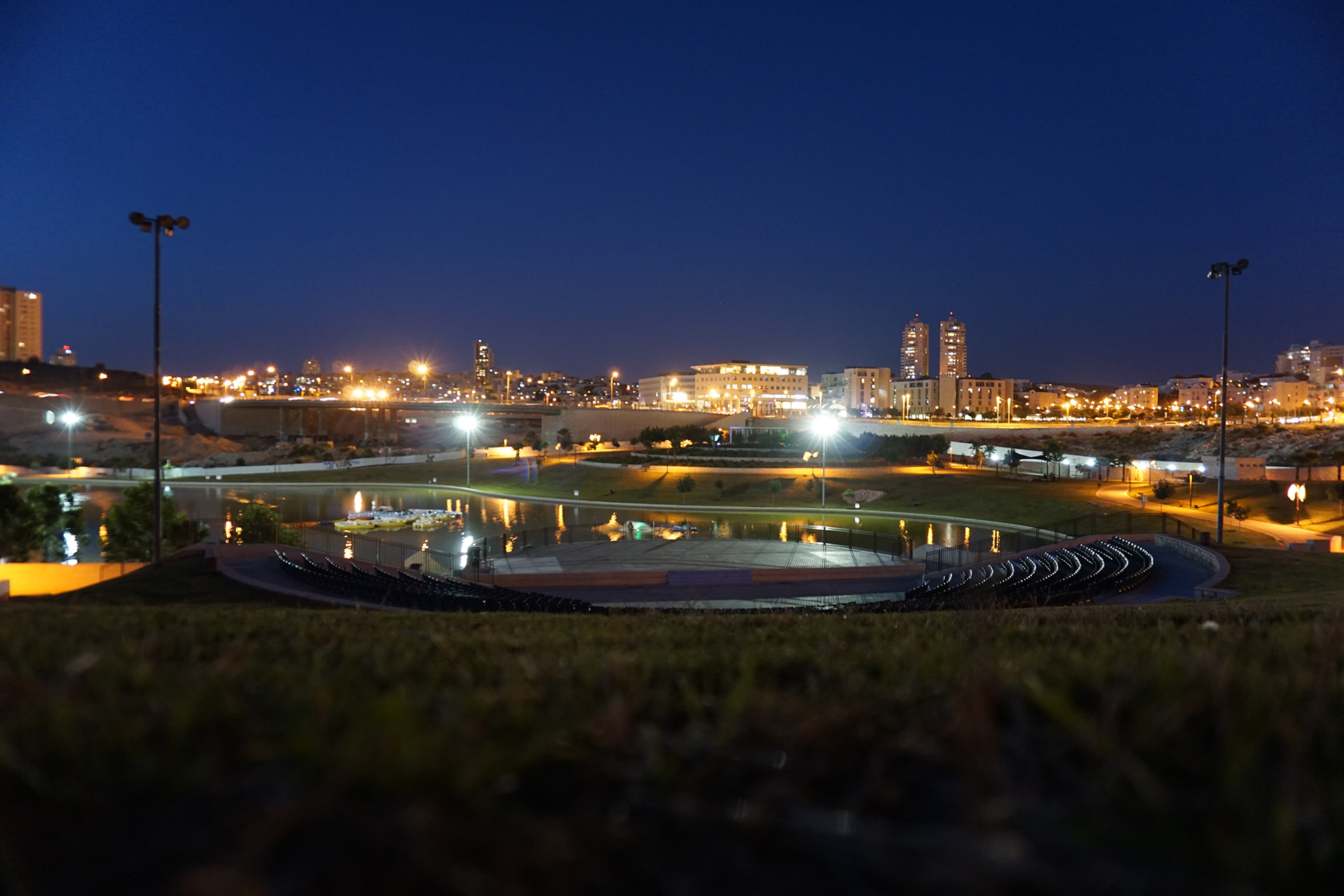

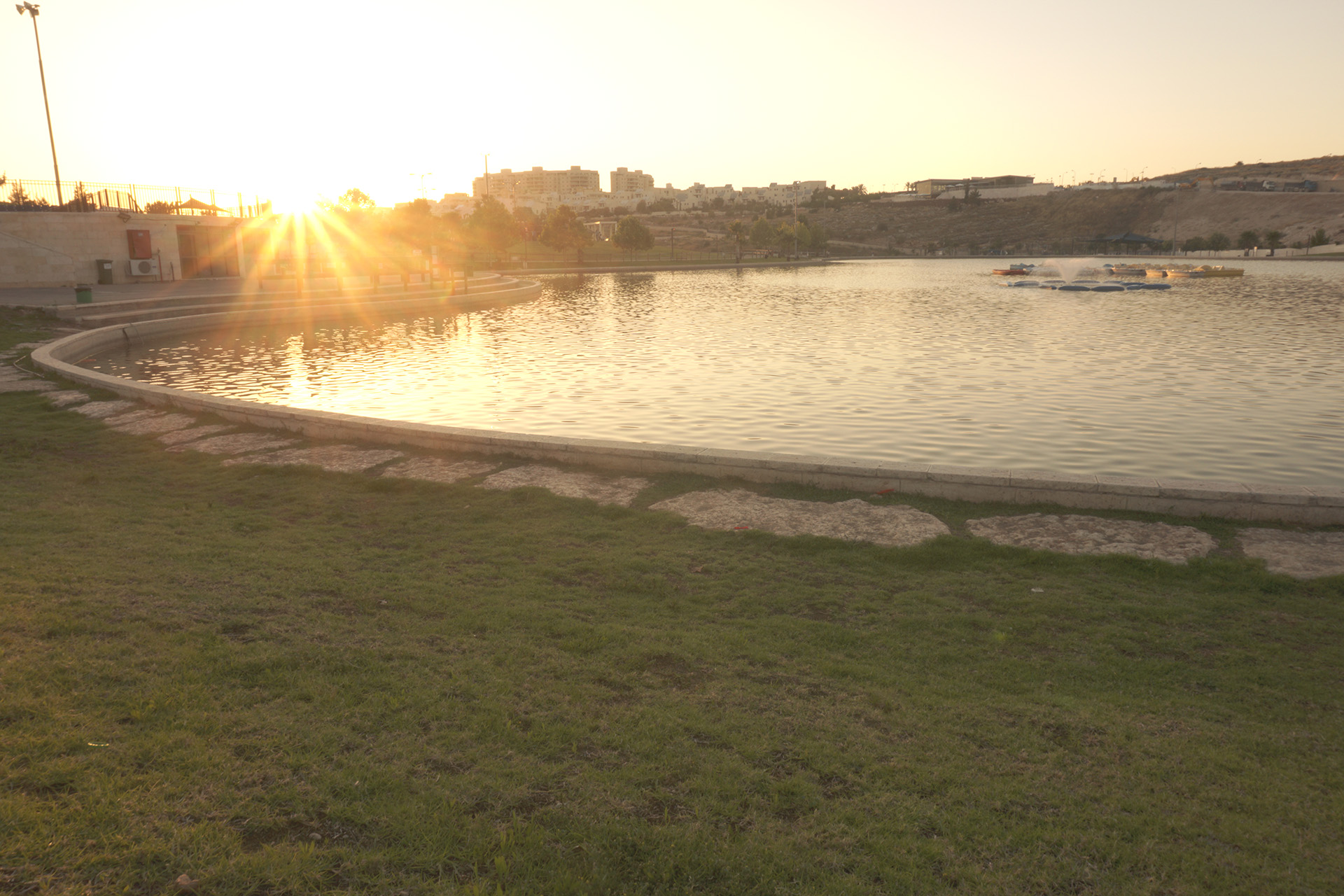
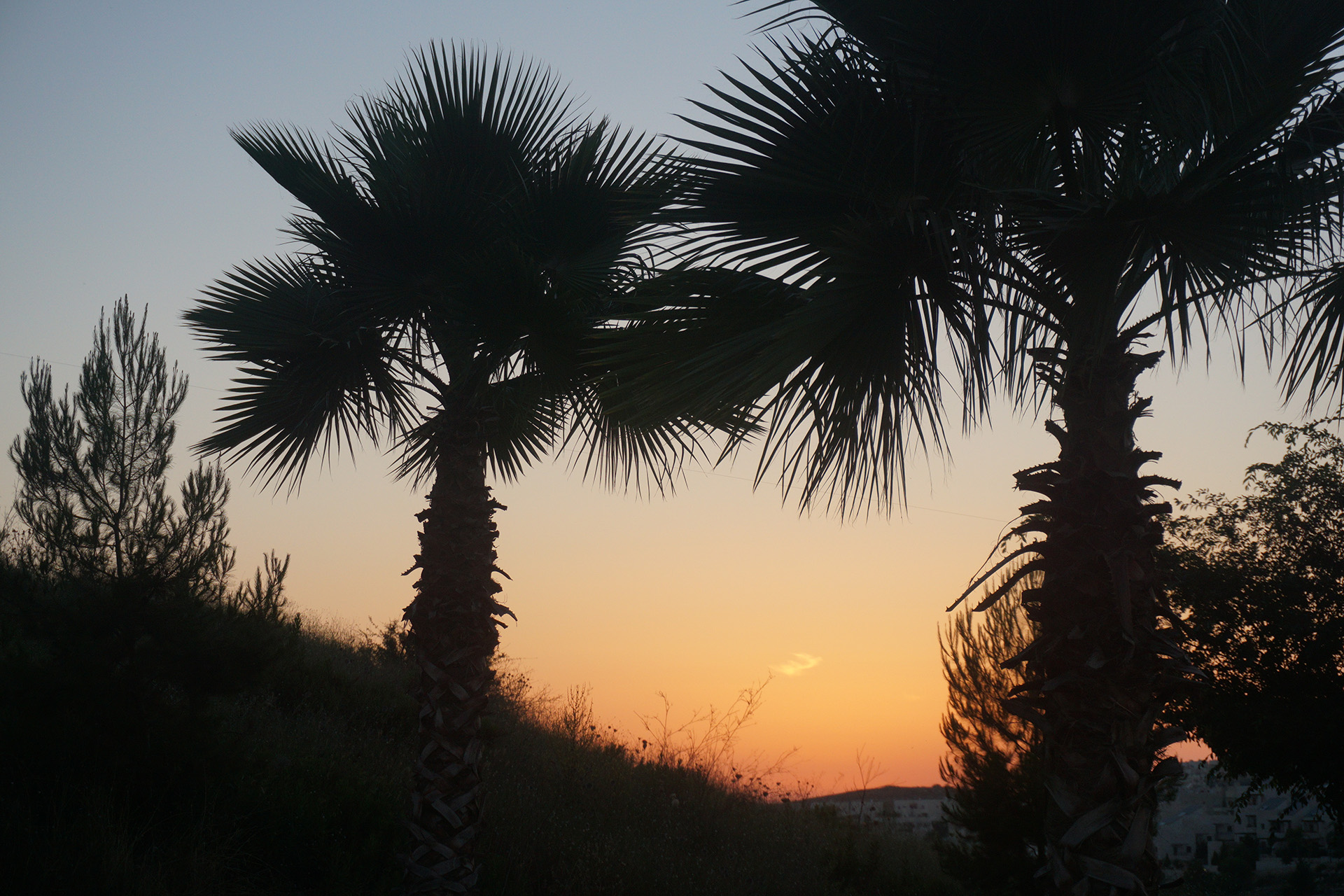
 We would like to thank isfar – for supplying the test camera to us.
We would like to thank isfar – for supplying the test camera to us.
You can check out more LensVid exclusive articles and reviews on the following link.

You can support LensVid by shopping with our affiliate partners
Affiliates: Amazon, B&H, Adorama and E-bay.
Why should you trust us?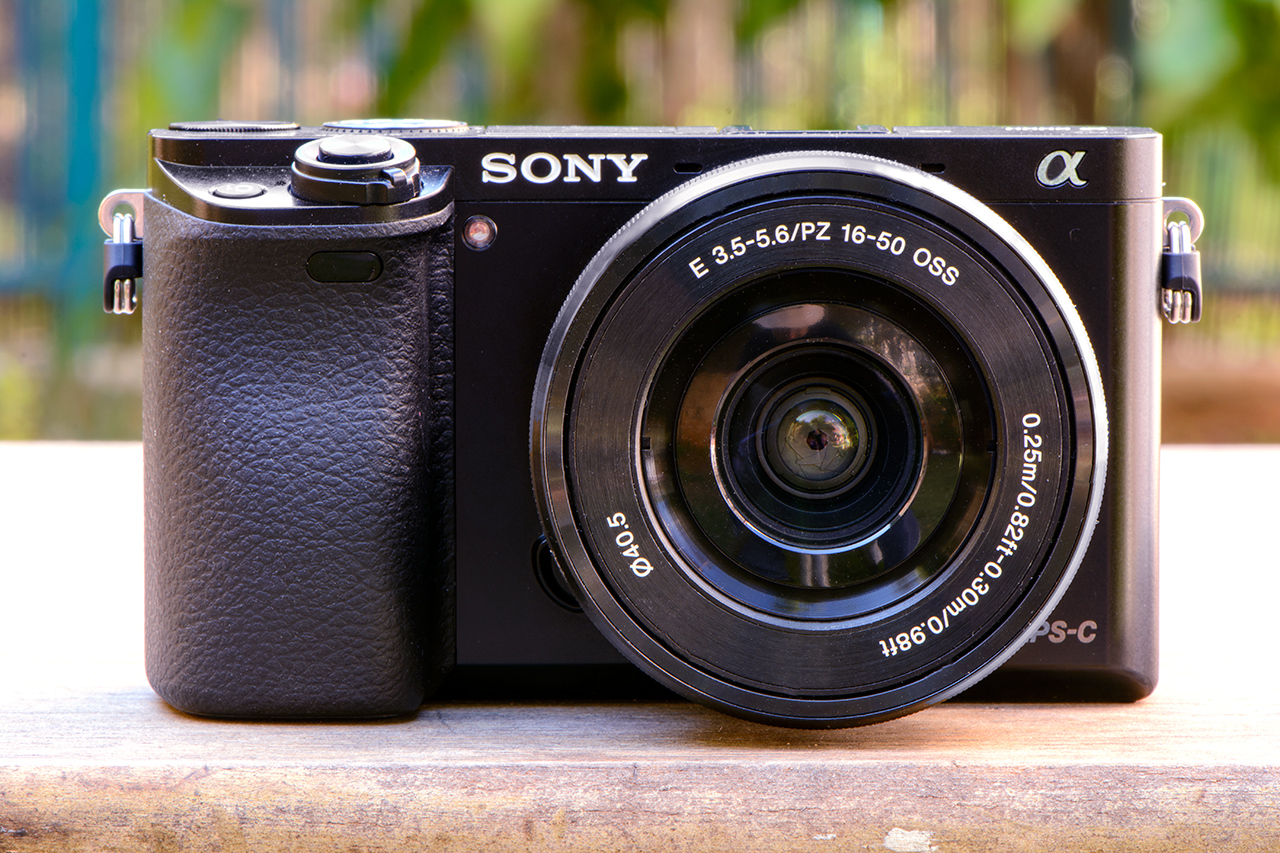





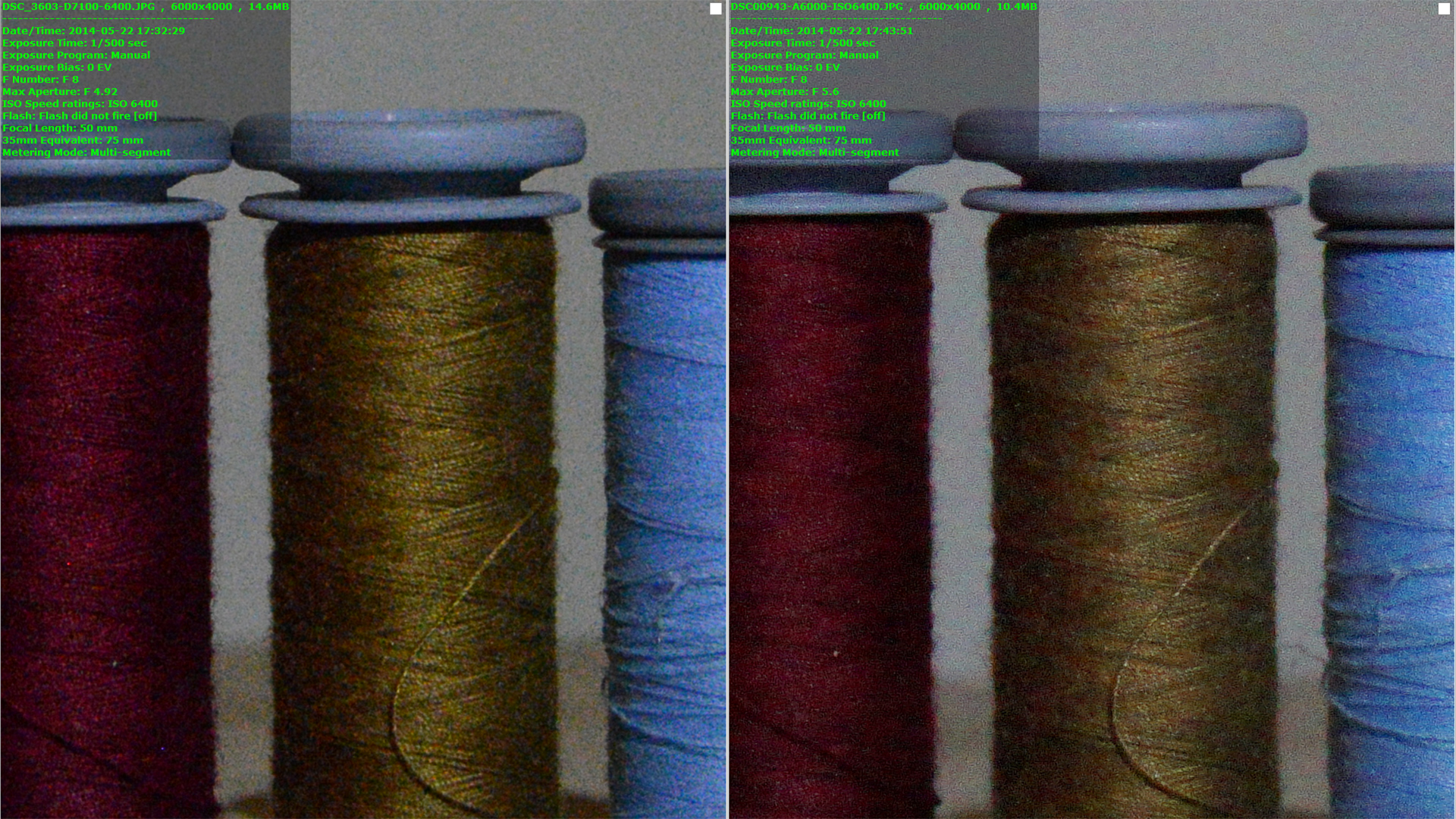
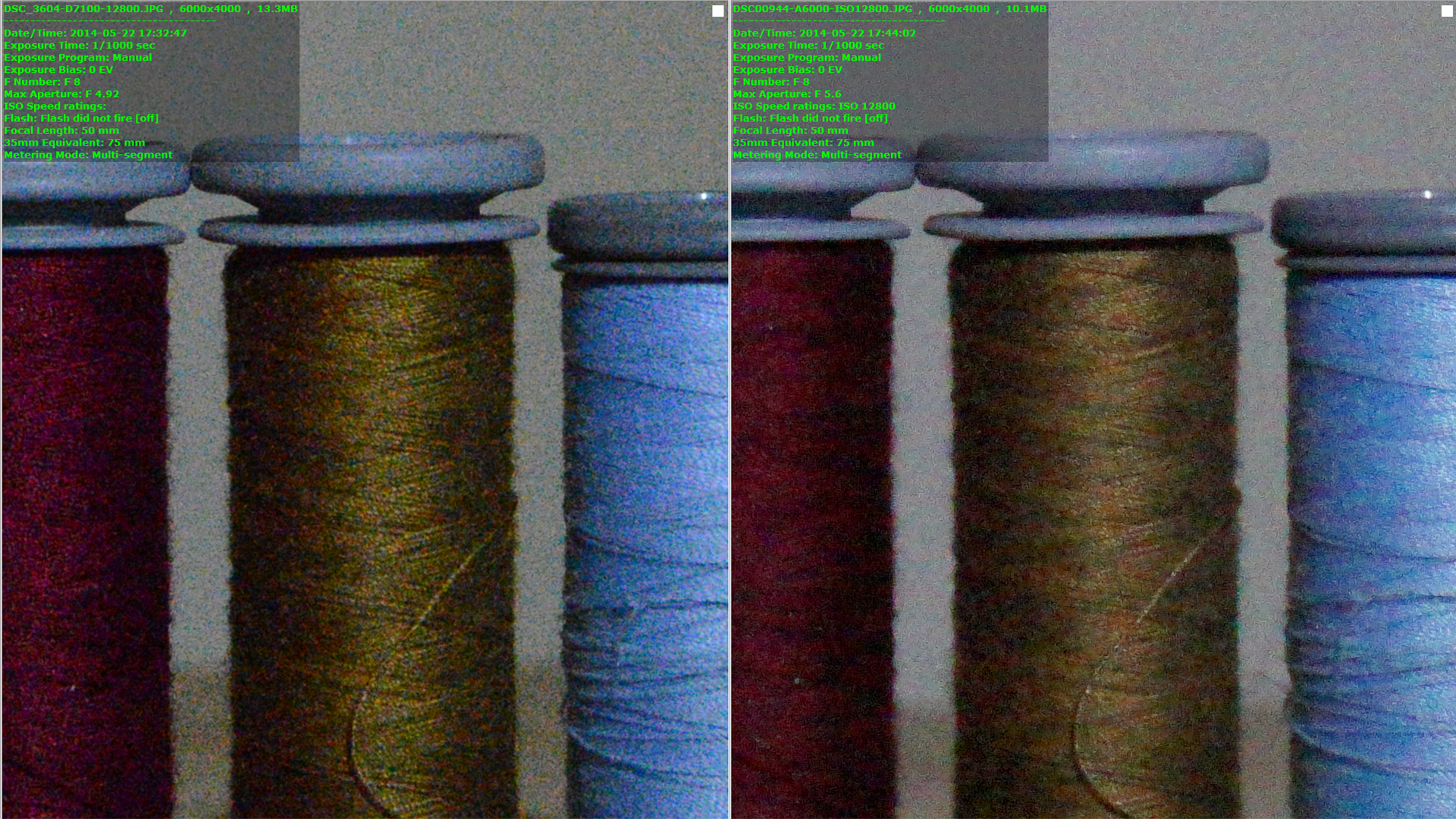
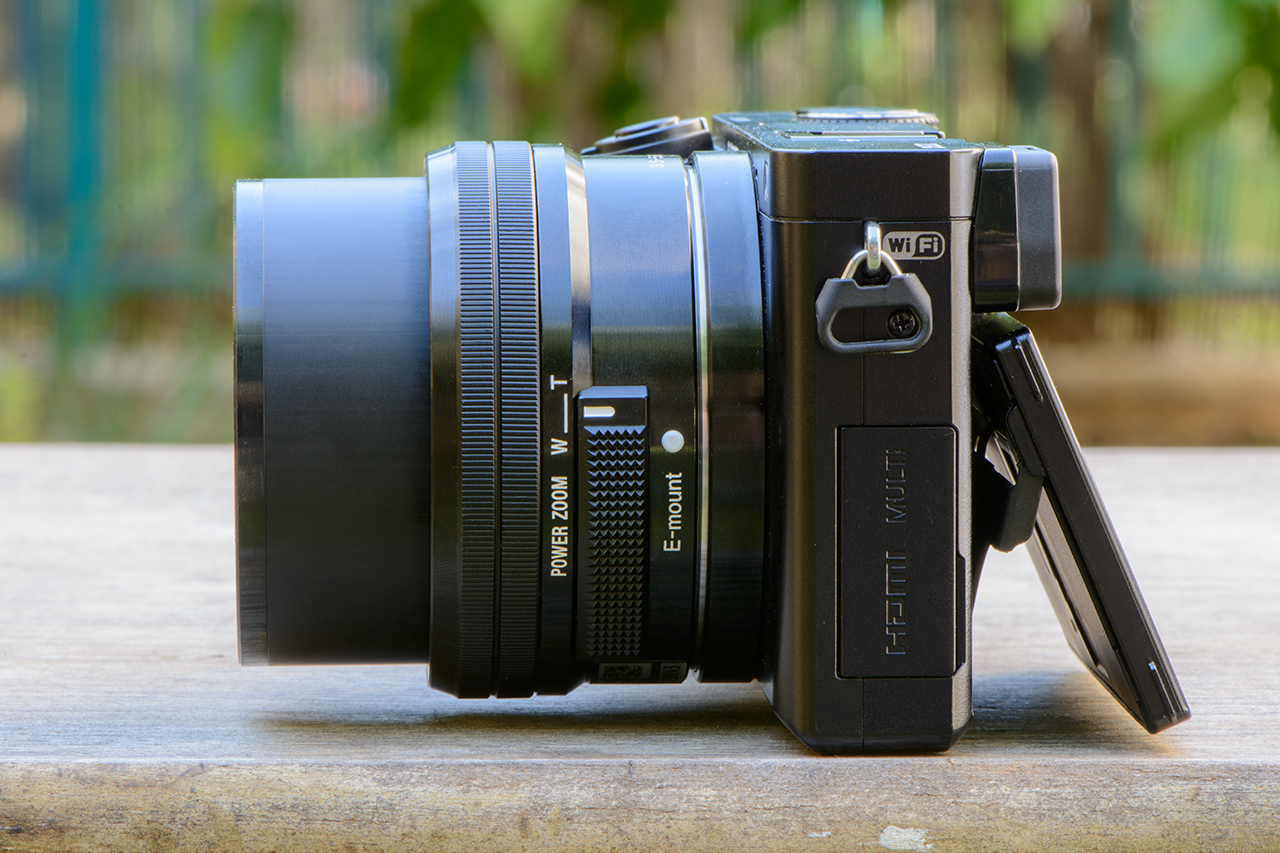
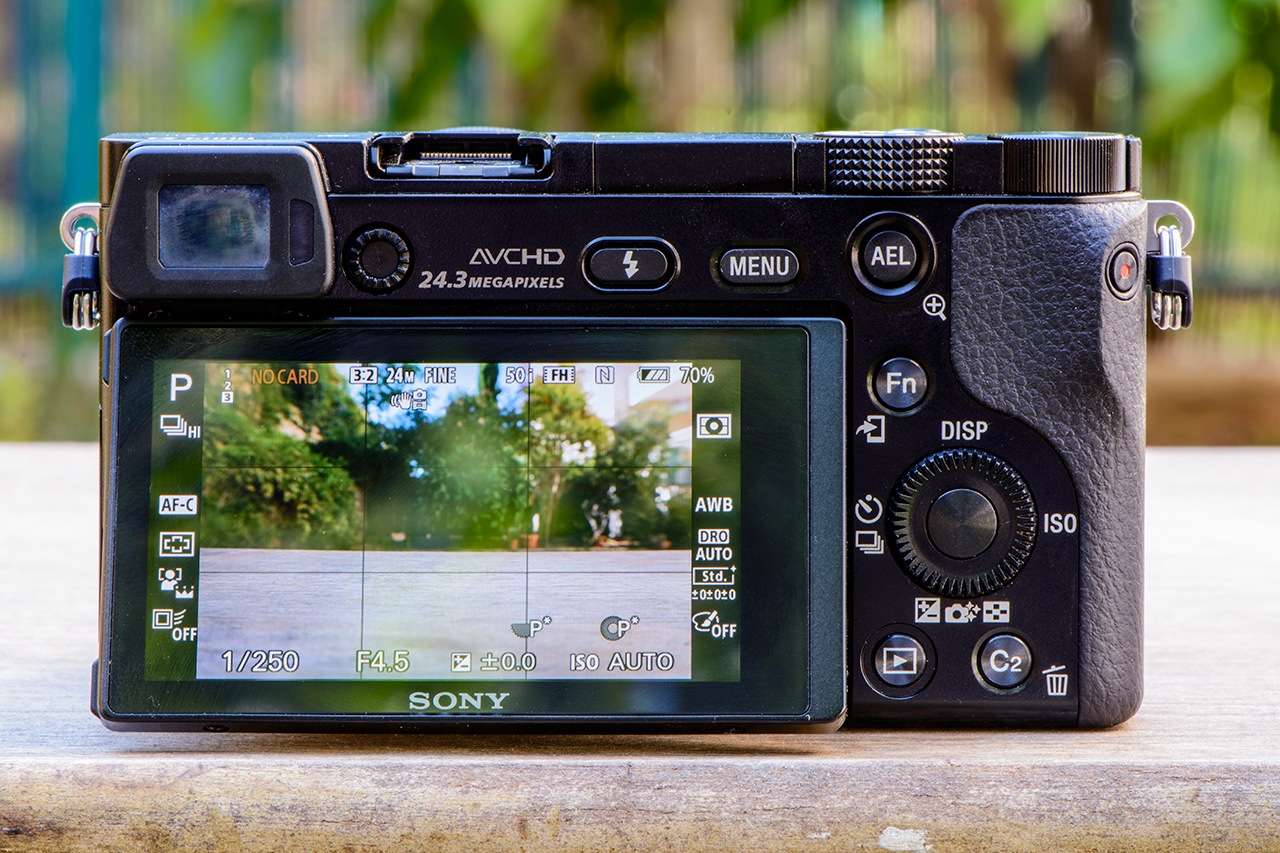
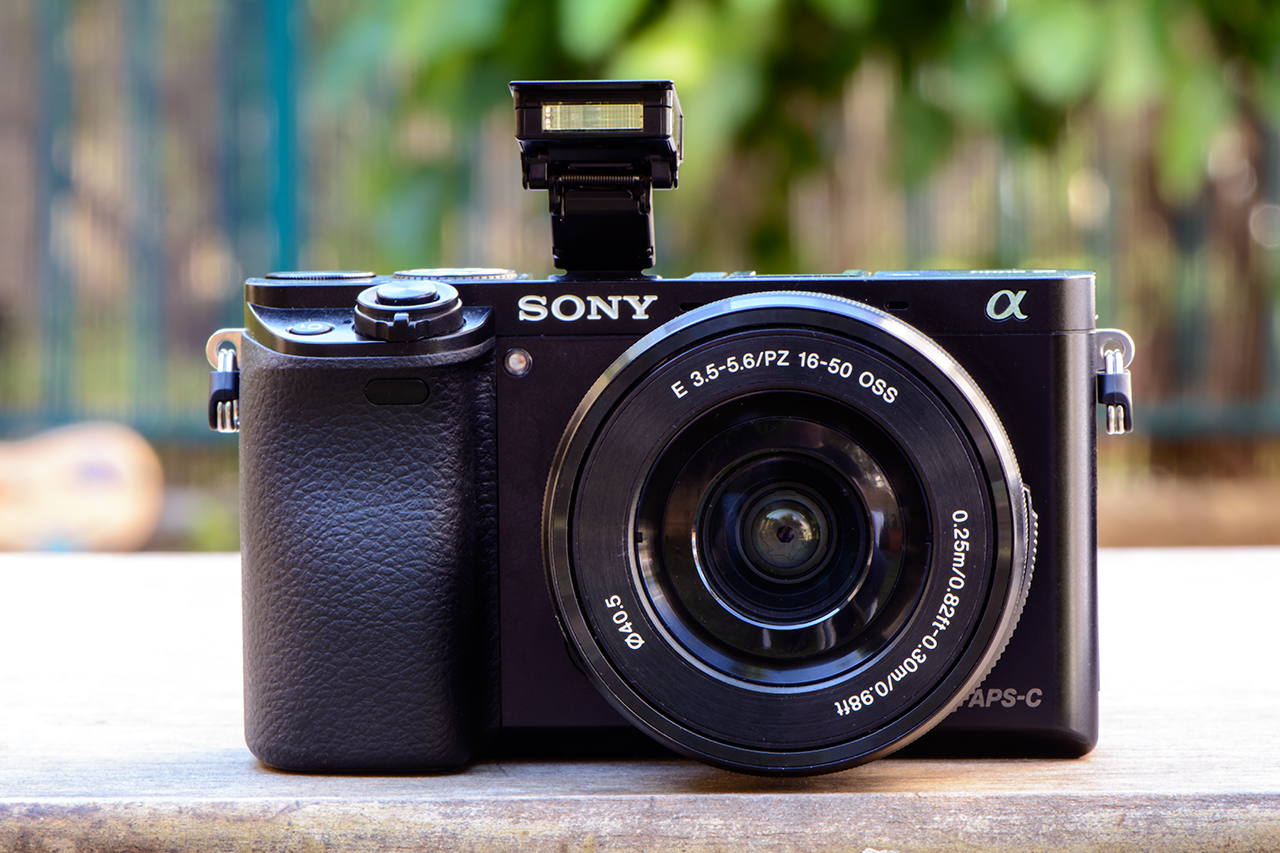
3 comments